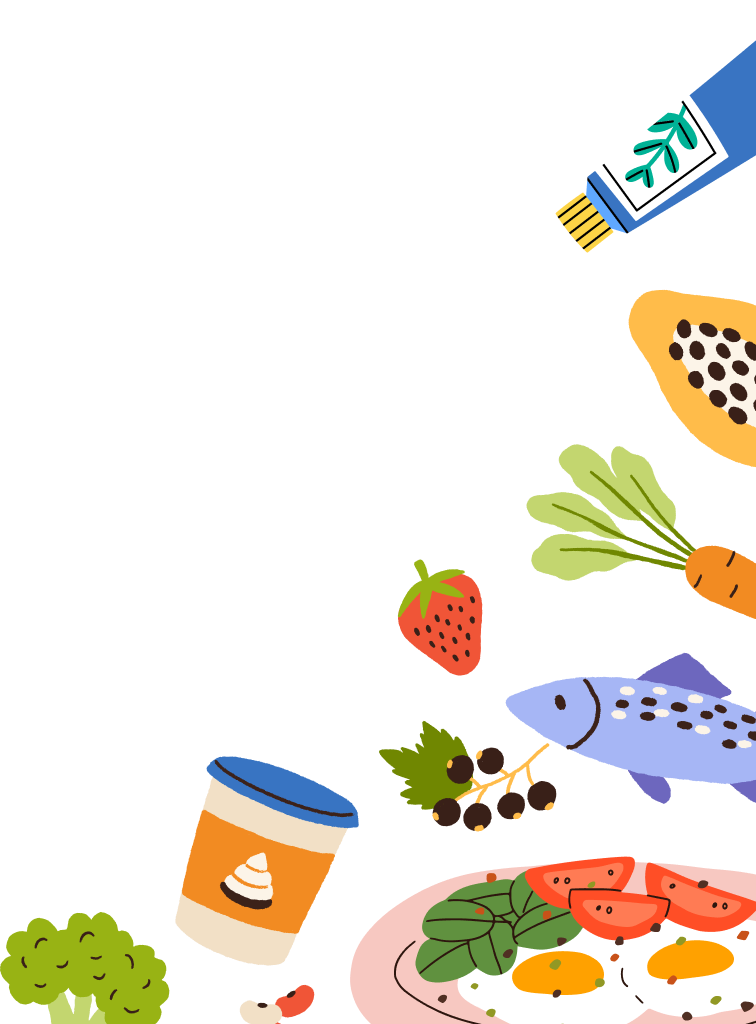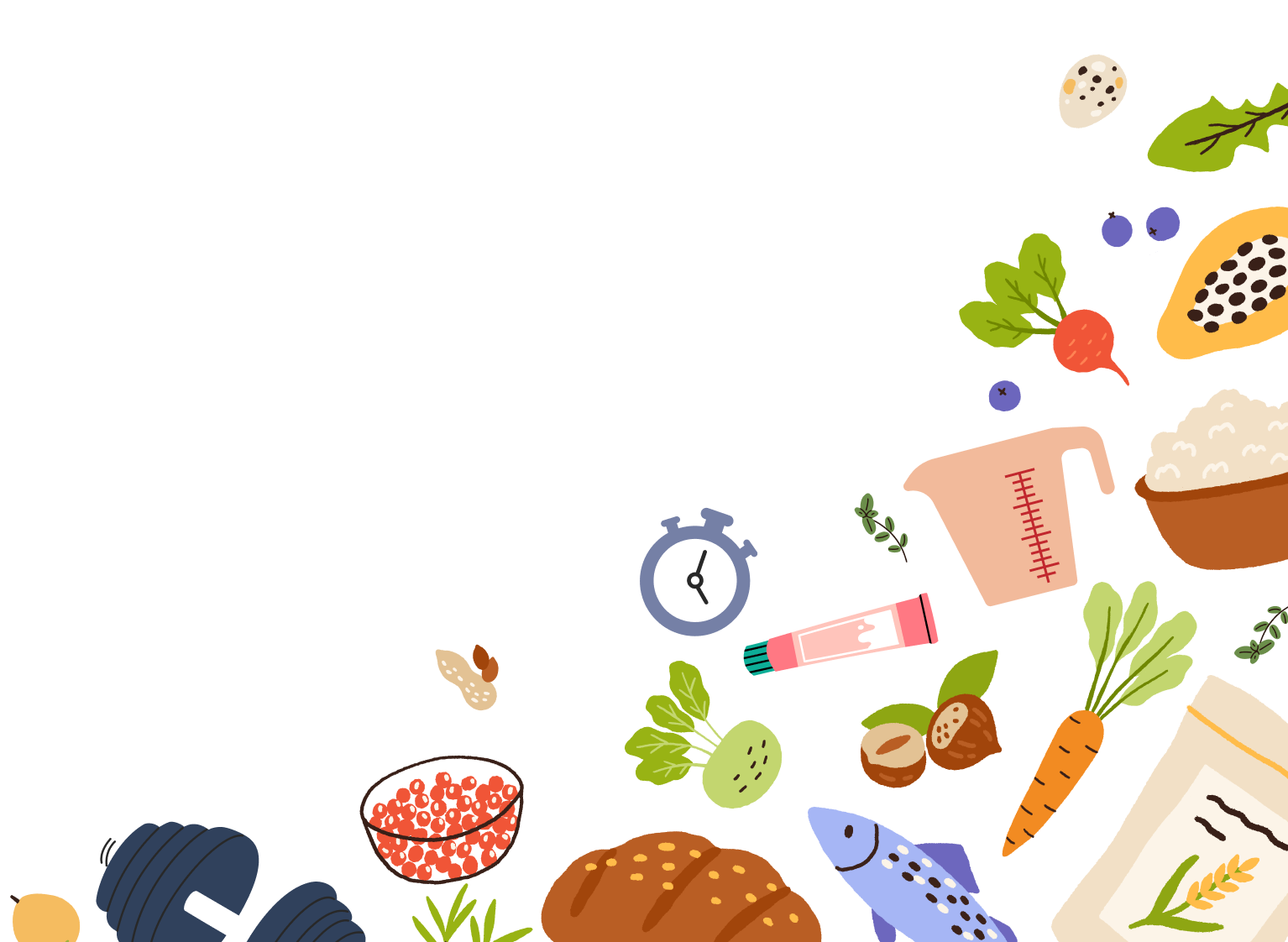The Low FODMAP Diet: A Proven Approach for IBS Symptom Relief
If you’ve heard of the Low FODMAP diet but aren’t sure what it involves, here’s a quick overview.
It is estimated that 1 in 7 people live with Irritable Bowel Syndrome (IBS)—whether with diarrhea, constipation, or both. For many, finding lasting relief is a daily challenge. The Low FODMAP diet is one of the most effective nutrition strategies shown to ease IBS symptoms and improve quality of life.
What Is the Goal of the Low FODMAP Diet?
The primary purpose of the Low FODMAP diet is to identify dietary triggers that cause IBS symptoms. This is achieved by:
-
Eliminating high-FODMAP foods for 2–6 weeks
-
Reintroducing foods one at a time to identify problem foods
-
Customizing a long-term eating pattern tailored to your triggers
It’s important to note that this diet is not designed to be long-term with exclusive Low FODMAP foods—it is a short-term diagnostic tool that helps uncover personal triggers.
Understanding FODMAPs: What Foods Should You Limit?
FODMAP stands for Fermentable Oligosaccharides, Disaccharides, Monosaccharides, and Polyols—short-chain carbohydrates that are poorly absorbed in the gut. Here are common examples:
-
Oligosaccharides
-
Galactans: beans, lentils, chickpeas
-
Fructans: garlic, onions, Brussels sprouts, watermelon
-
Disaccharides
-
Lactose: cow’s milk, ice cream, cottage cheese
-
Monosaccharides
-
Fructose: apples, pears, honey, high-fructose corn syrup
-
Polyols
-
Sorbitol and Mannitol: avocados, cabbage, mushrooms
-
Found in sugar alcohols like xylitol and maltitol
The 3 Stages of the Low FODMAP Diet
There are three key stages to follow when beginning the Low FODMAP diet:
-
Elimination Phase (2–6 weeks): Focus on eating only Low FODMAP foods. Advance planning is essential to ensure nutritional balance during this stage.
-
Reintroduction Phase (2–3 months): Gradually reintroduce high-FODMAP foods one at a time, testing each for 1–3 days. This helps identify specific symptom triggers.
-
Personalization Phase (long-term): Develop a customized eating pattern tailored to your tolerance and triggers for achieving sustainable symptom relief.
Resources for Success on the Low FODMAP Diet
Navigating this diet can feel overwhelming, but support tools make it easier:
-
Low FODMAP mobile apps for food lookups
-
Grocery shopping lists tailored to Low FODMAP items
-
Recipes and snack ideas for each stage of the diet
At Foodguides, we provide reliable resources and tips to help you succeed at every step of your Low FODMAP journey.
Special Considerations: Low FODMAP During Pregnancy
Pregnant individuals may experience unique digestive challenges. A Low FODMAP approach can sometimes be helpful, but it should always be undertaken under the supervision of a healthcare provider to ensure both nutritional adequacy and maternal-fetal health.
Snack Ideas for the Low FODMAP Elimination Phase
Here are some easy, IBS-friendly snack options to help you stay on track during the elimination phase:
-
Rice cakes with peanut butter
-
Lactose-free yogurt with strawberries
-
Carrot sticks with hummus made from canned chickpeas
-
Gluten-free pretzels with a side of cheddar cheese (lactose-free if needed)
-
3 step fodmap diet guide. Three step FODMAP Diet - Monash Fodmap. (n.d.). https://www.monashfodmap.com/3_step_fodmap_diet/
-
FODMAPS and irritable bowel syndrome. About FODMAPs and IBS | Monash FODMAP - Monash Fodmap. (n.d.). https://www.monashfodmap.com/about-fodmap-and-ibs/



















Comments
Join The Conversation...